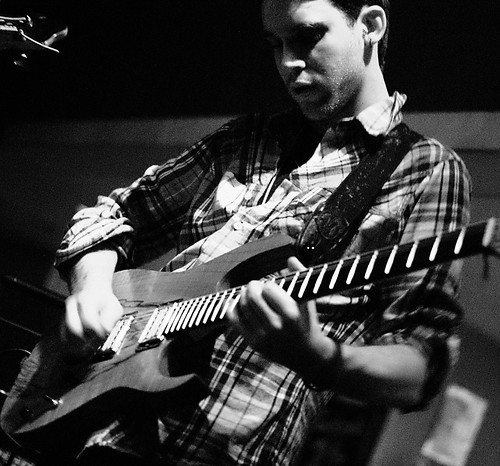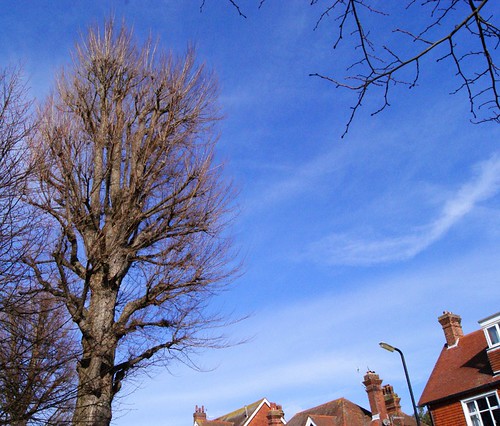So far I've described how aperture and shutter speed can control the amount of light that falls onto your camera's sensor. ISO is more about light sensitivity. In the old film days you would have to buy different types of film for indoor or outdoor shooting; the indoor film would have a higher sensitivity to light, meaning it was able to detect it better.
These days with the nifty DSLRs we have, we have more control over what ISO setting we use, as well as being able to ramp it up to much, much higher than was available in the past.
The lowest ISO setting available on most DSLRs is ISO100. This setting pretty much allows us to control the exposure of the shot purely using aperture and shutter speed. If you're in a position to shoot in darker conditions and allow for increased shutter speed (i.e. through use of a tripod) then the lower ISO is still the way to go, to maintain the integrity of the shot. However if you find yourself in a dark condition with nothing but your hands to stabilise the image, bumping up the ISO can allow you to keep your shutter speed relatively fast - noise is always preferable to blur, and some editing software even comes with a noise reduction feature which can help.
In the below pic I was in a fairly crowded bar with no choice but to ramp up the ISO to keep the shutter speed fast enough to reduce blur. In this instance it actually works really well, giving the shot a gritty, "rock star" edge to it:

Of all the settings I use, this is the one I always, without fail, forget to set back if I then shoot in brighter conditions. If you look closer at the sky you can see what I mean:

Blech, I hate looking at shots from when I first started.
So there you go. Higher ISO can enable shorter shutter speeds but compromises the quality of the shot with digital noise.
Thus concludes my crappy explanations of the exposure triangle!

0 comments:
Post a Comment